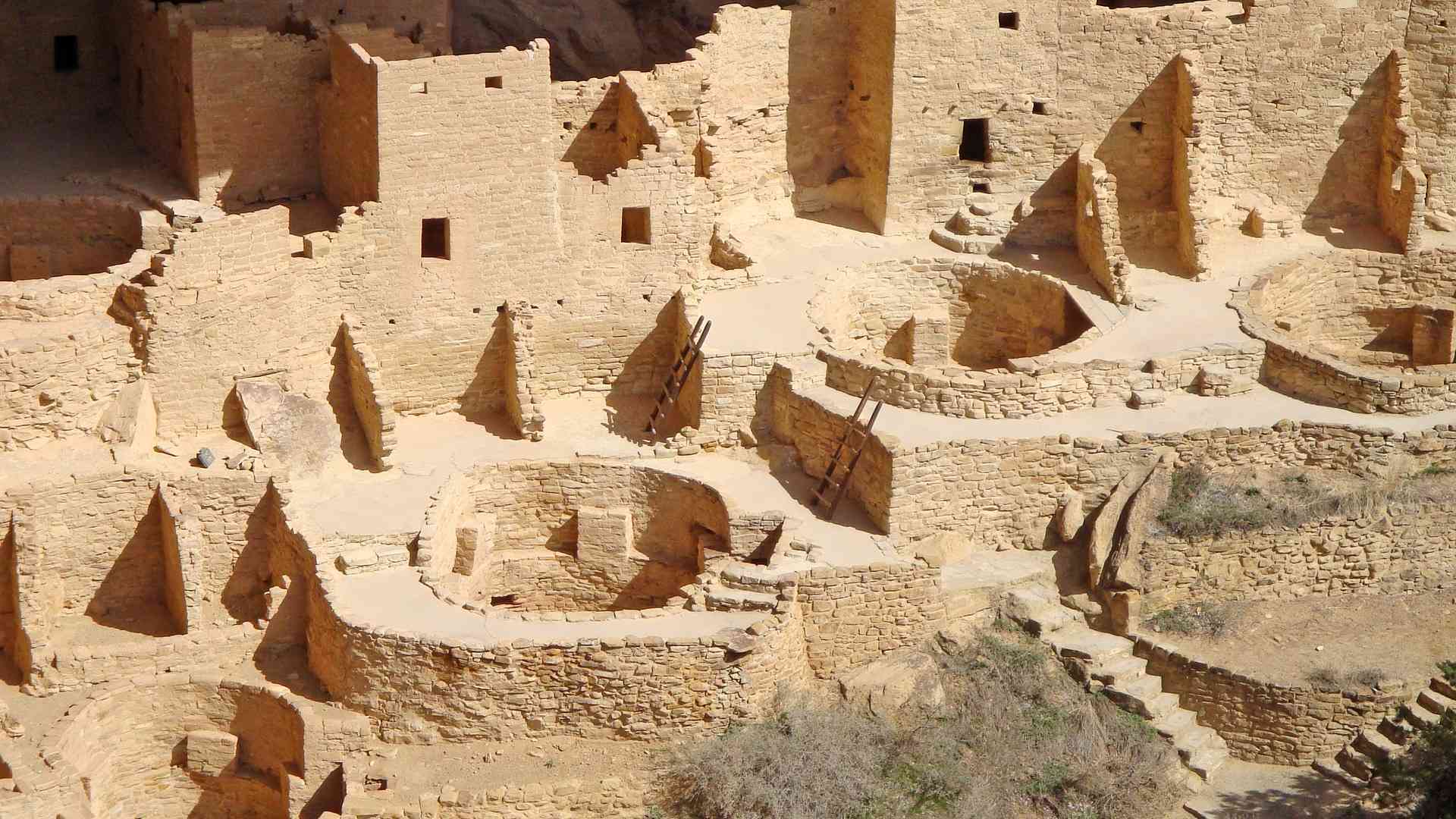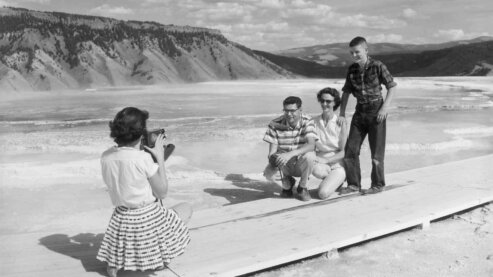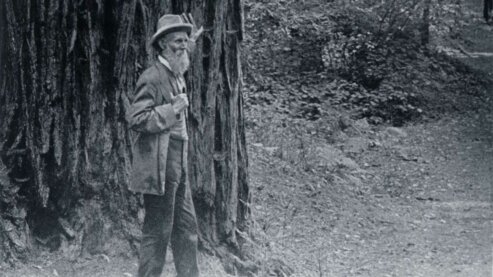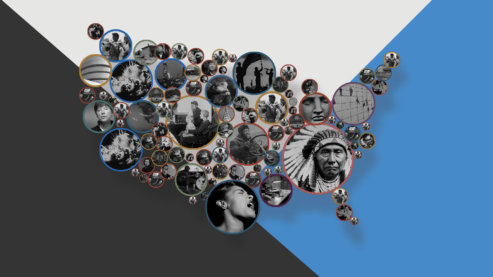Mesa Verde National Park

In 1889, while searching for stray cattle in southwestern Colorado, rancher Richard Wetherill and his four younger brothers stumbled across ancient ruins in the cliffs of a high plateau known as Mesa Verde. The cowboys improvised a ladder and descended to examine the homes of a vanished people.
Further exploration led to the discovery of the largest concentration of cliff dwellings ever found, built by the ancestors of the Pueblo Indians nearly 1,000 years earlier.
At first it seemed that Mesa Verde might suffer the same fate as smaller ancient sites discovered in the Four Corners area where Arizona, Colorado, New Mexico and Utah meet. These sites had been plundered by "pothunters" who vandalized the ruins and sold off the antiquities piece by piece.
Fortunately, Richard Wetherill had an amateur interest in archaeology. The brothers gathered artifacts as carefully as they could, hoping to sell their discoveries to museums. Seeking greater protection of the ruins, they asked the government to make Mesa Verde a national park. Their request was denied.
News of the Wetherills' discoveries at Mesa Verde attracted an unusual visitor: Gustaf Nordenskiold, a Swedish aristocrat with an interest in archaeology. When the Wetherills showed Nordenskiold the ruins, "his enthusiasm," one of the brothers remembered, "increased almost beyond his control."
The Swede taught the brothers how to excavate using more scientific methods. He saved items that no other archaeologist of the time would have kept: ash from fire pits, trash from the floors, even dried pieces of excrement that might help determine what the ancient Puebloans had been eating so long ago.
Nordenskiold's attempt to ship his artifacts back to Sweden sparked a controversy. When his pack animals, loaded down with 600 items including a mummified corpse, reached the Durango railway station, he was accused of looting Mesa Verde and arrested. But the charges were dropped when it was established that he could not have broken any law, since no law existed to protect antiquities at the time.
Nordenskiold took his shipment home to Scandinavia, where he published the first scientific study of the cliff dwellers. The controversy brought worldwide attention to the ruins, and to the fact that the treasures of the Mesa Verde were completely unprotected.
Virginia McClurg, a well-known writer, poet, and lecturer, took up the cause of protecting Mesa Verde's treasures. She formed the Colorado Cliff Dwellings Association, whose members were all women, and threw herself into the work at hand. She built up the organization's treasury by offering $100 lifetime memberships that could be passed down from mother to daughter.
McClurg organized petitions, wrote personal letters to the president, and created national support for protecting Mesa Verde. But just when Congress seemed ready to create a new national park, it became clear that McClurg had a different vision of how Mesa Verde should be preserved. She wanted it to be a "woman's park," to be administered by her own association: "a body of 125 women, with hereditary membership, who know more about the matter and care more about the matter than anyone else."
McClurg's proposal drew fierce criticism and threatened to derail the bill in Congress. Lucy Peabody, the association's vice regent, along with other members, felt compelled to resign. Peabody believed that only as a national park could Mesa Verde be properly saved for future generations.
On June 29, 1906, President Roosevelt signed the law creating Mesa Verde National Park. Mesa Verde was a new kind of national park, meant to celebrate not majestic scenery, but a prehistoric culture and its people.
Explore More National Parks


